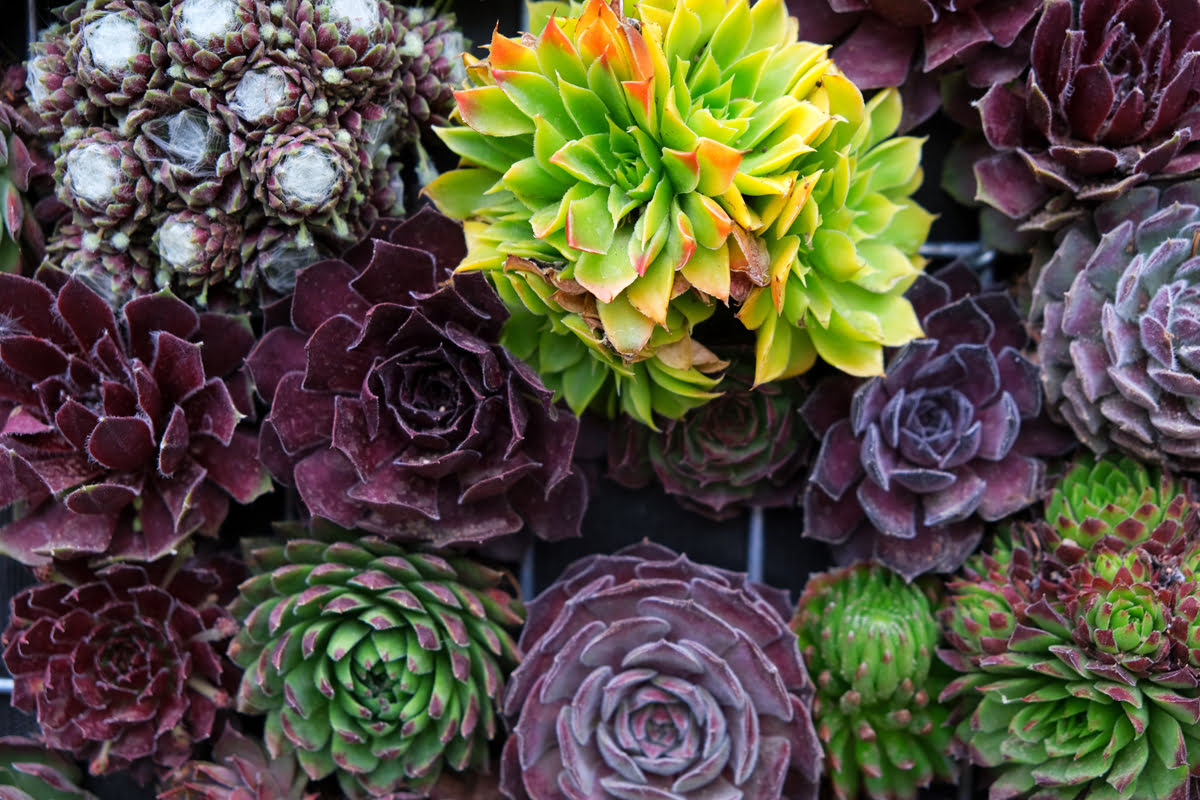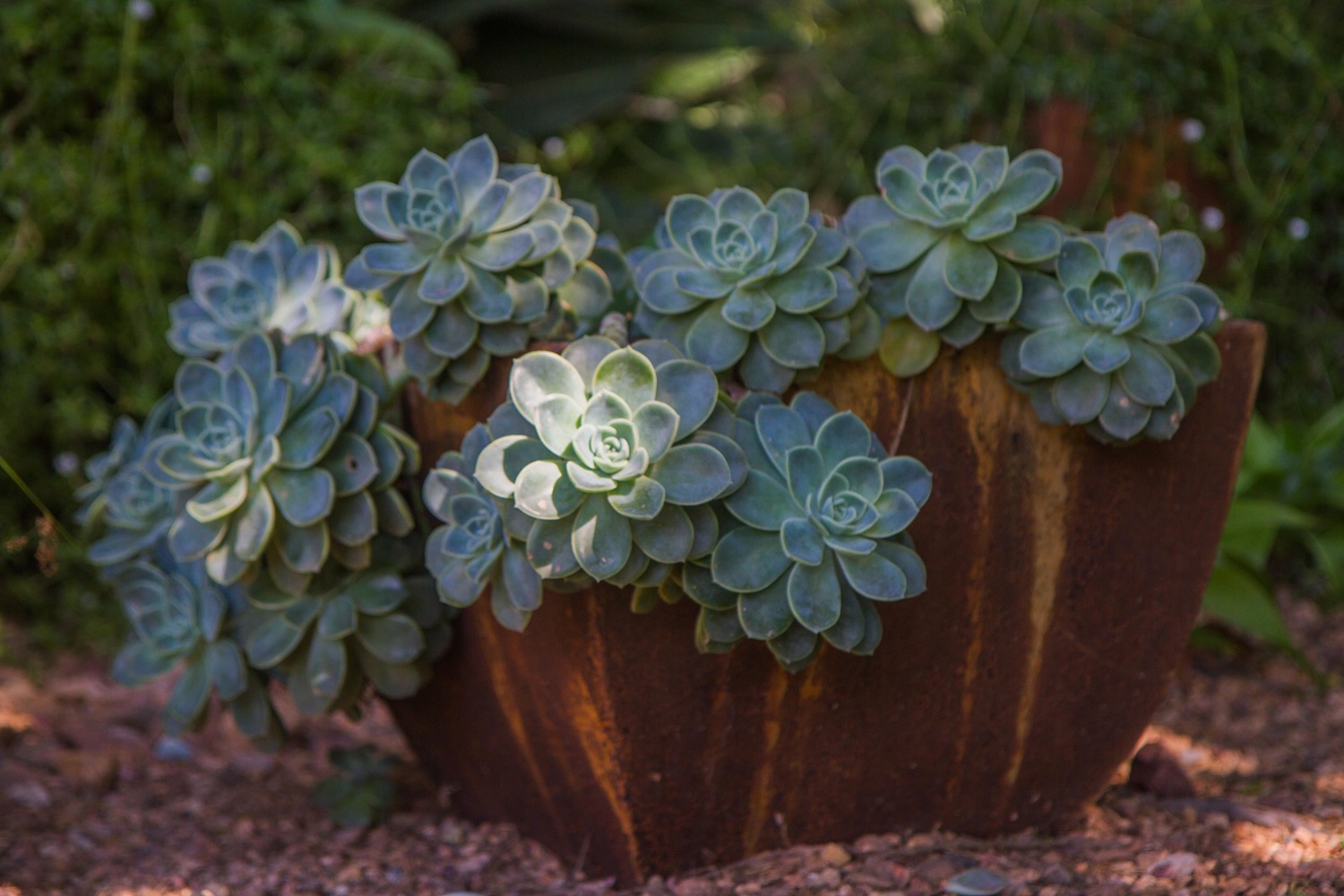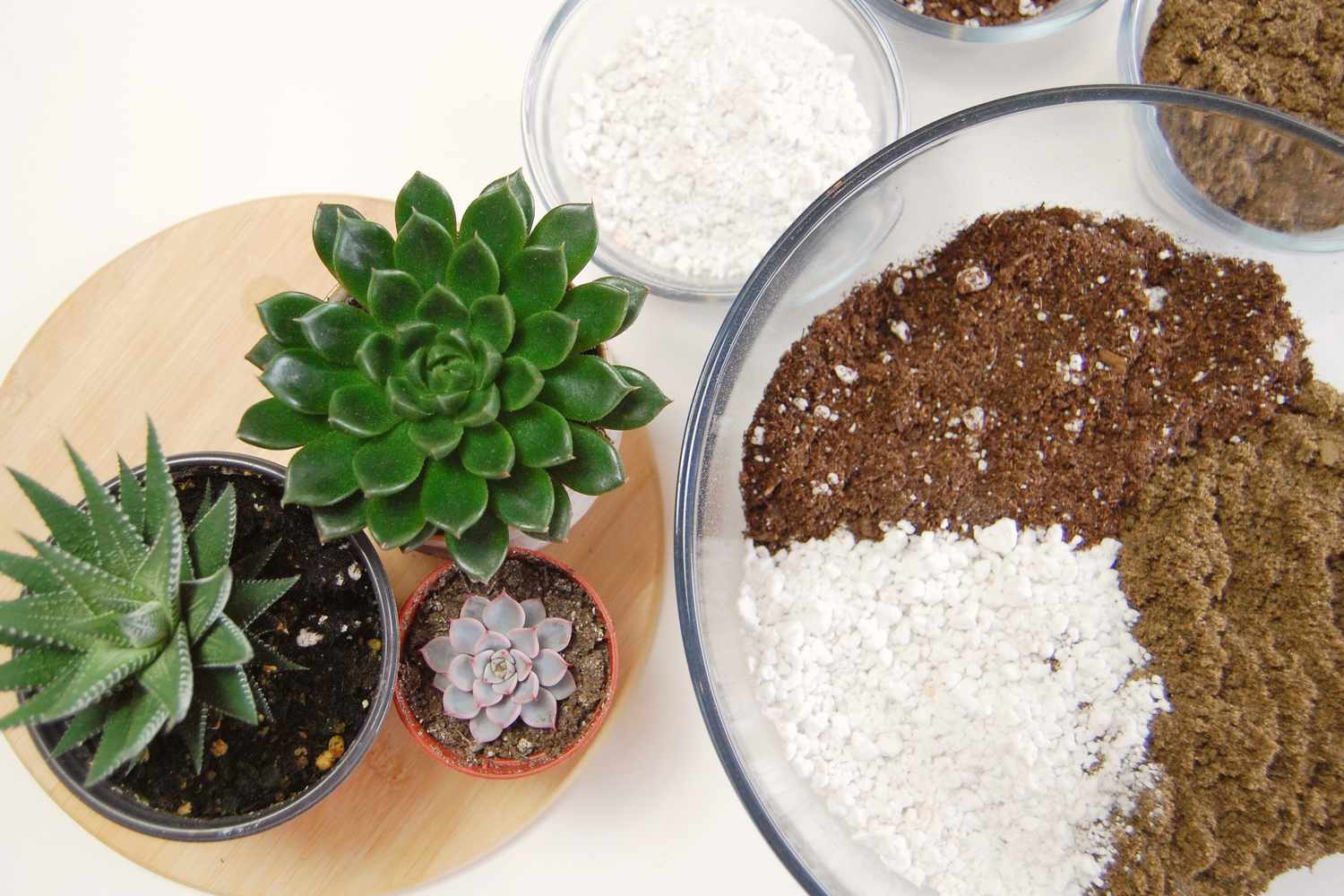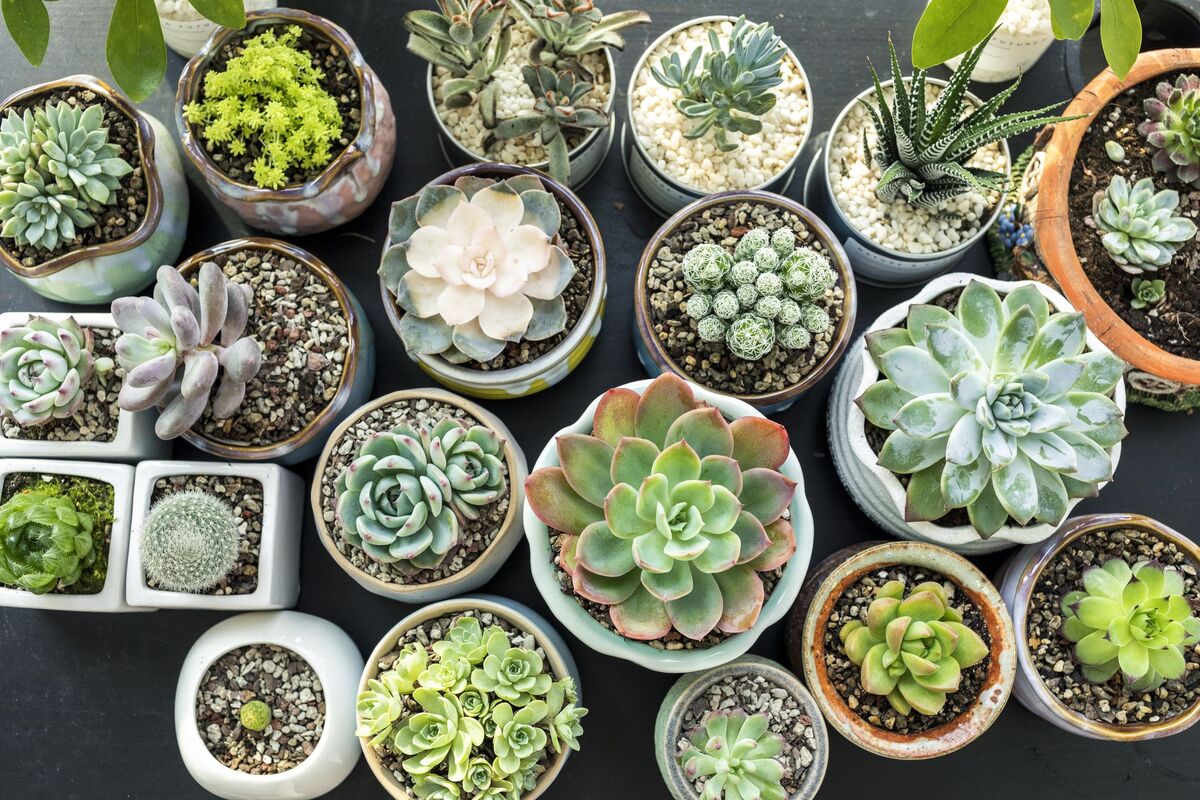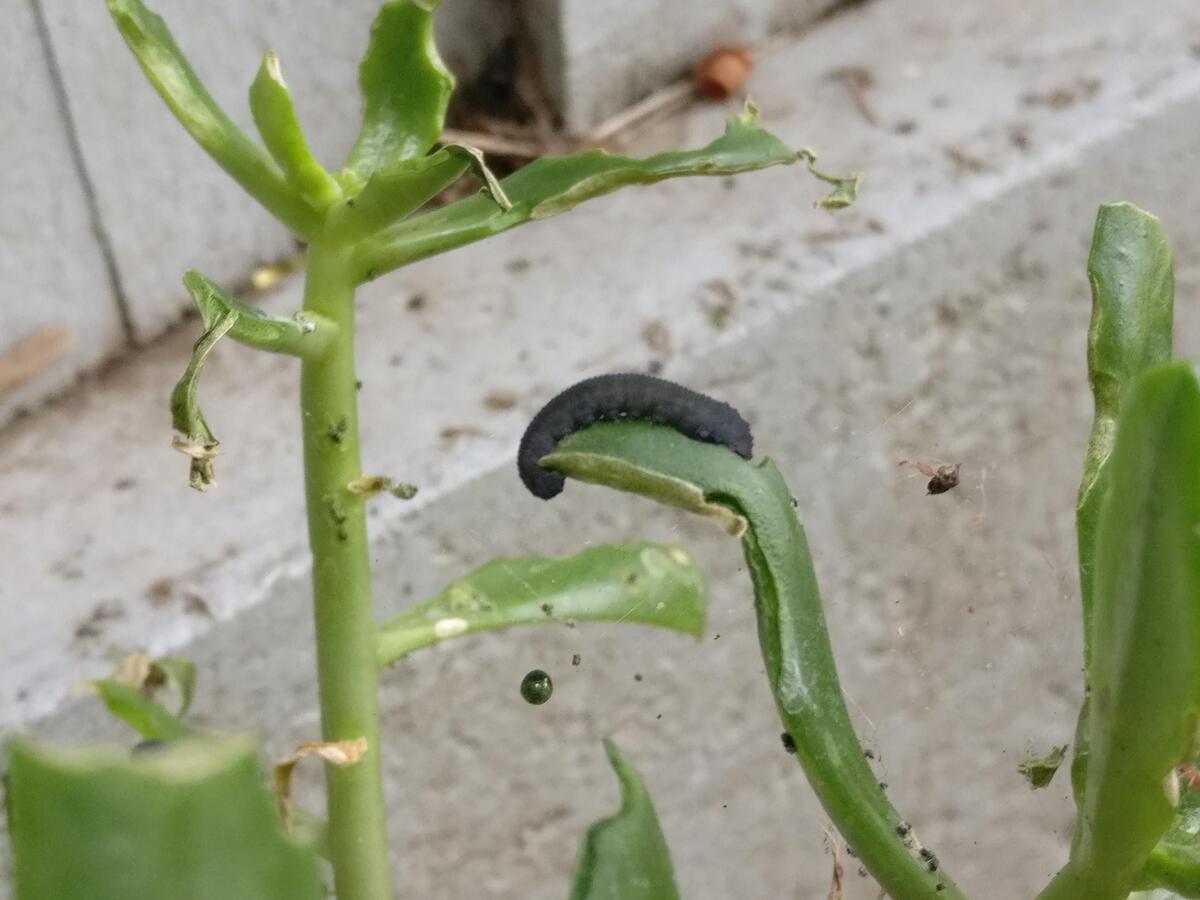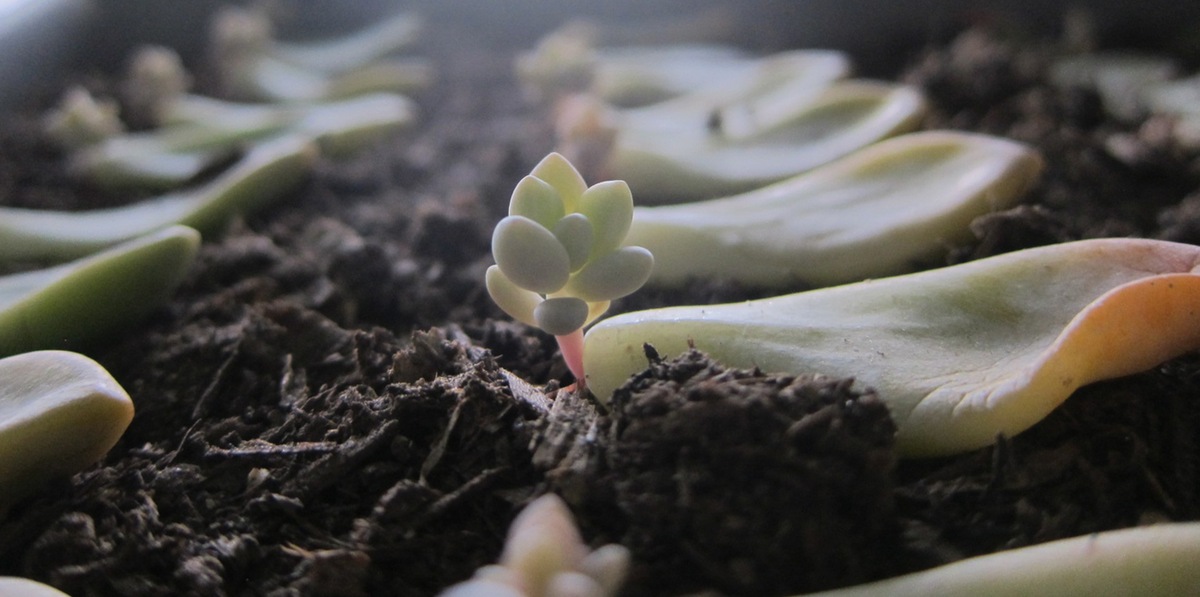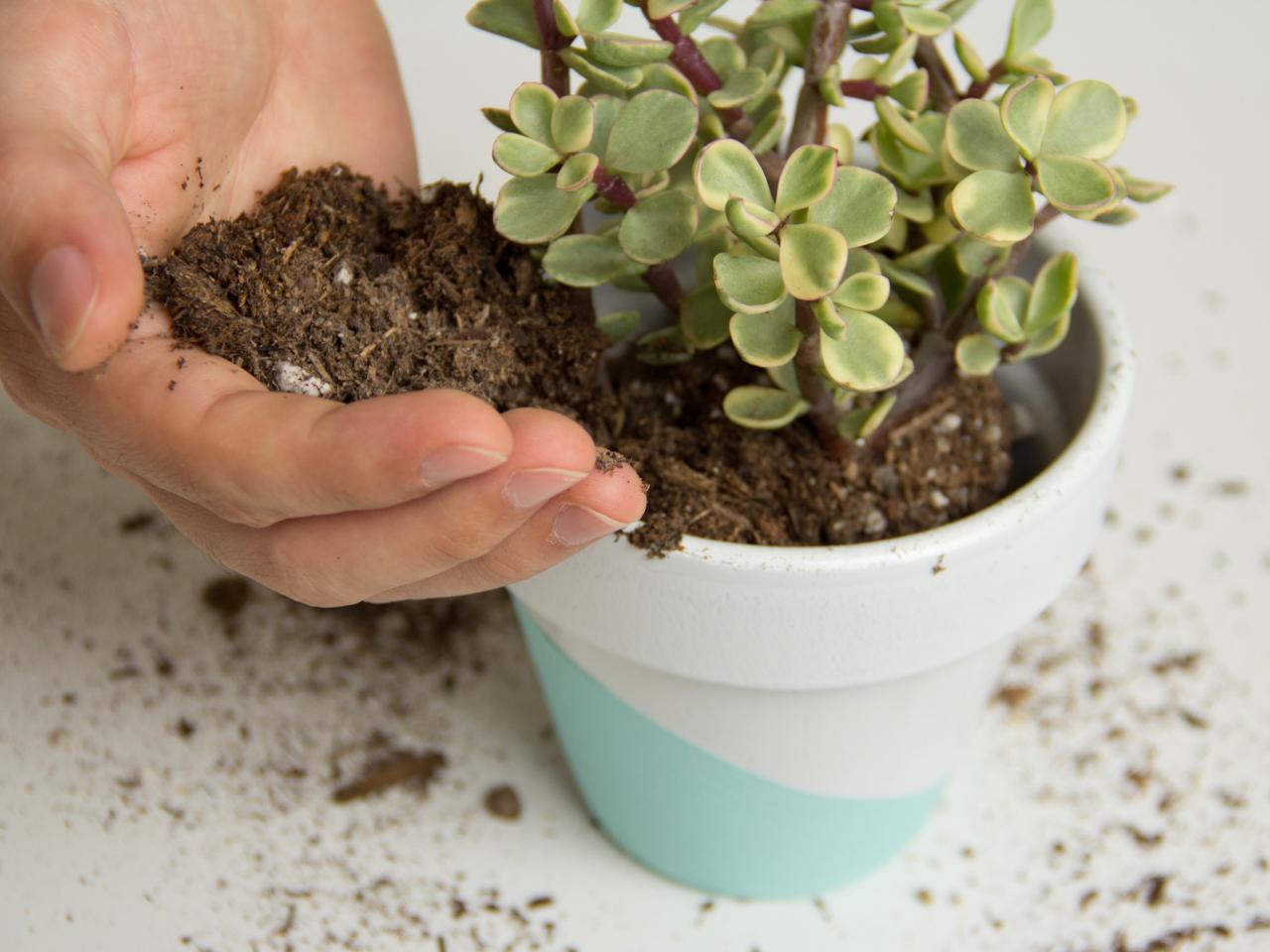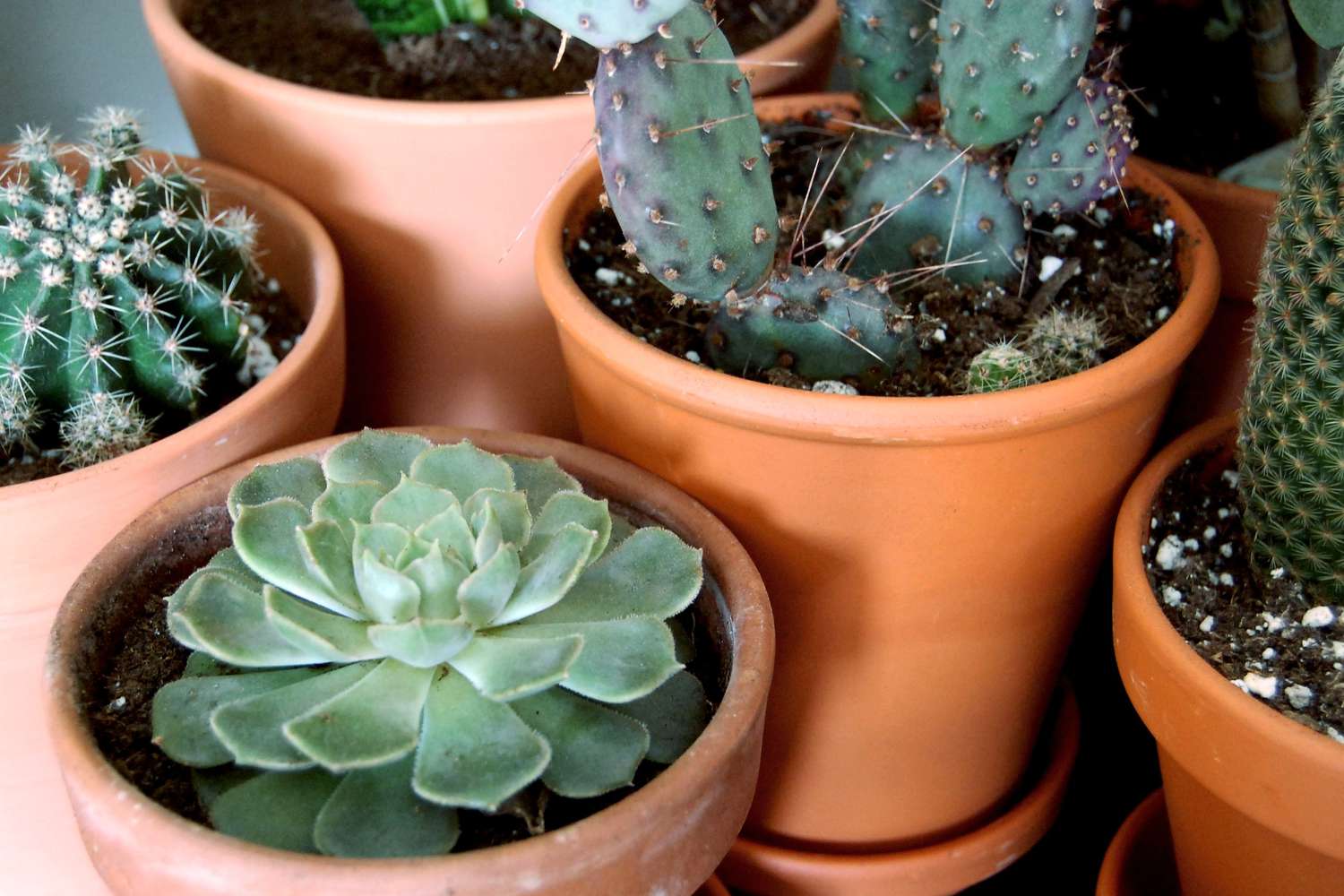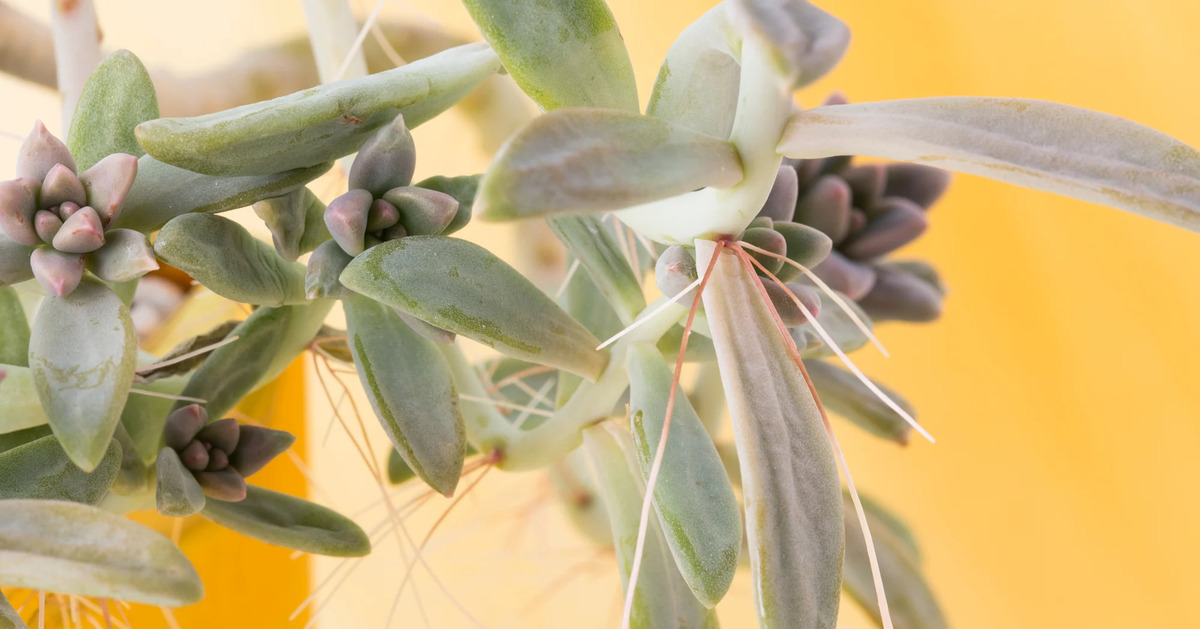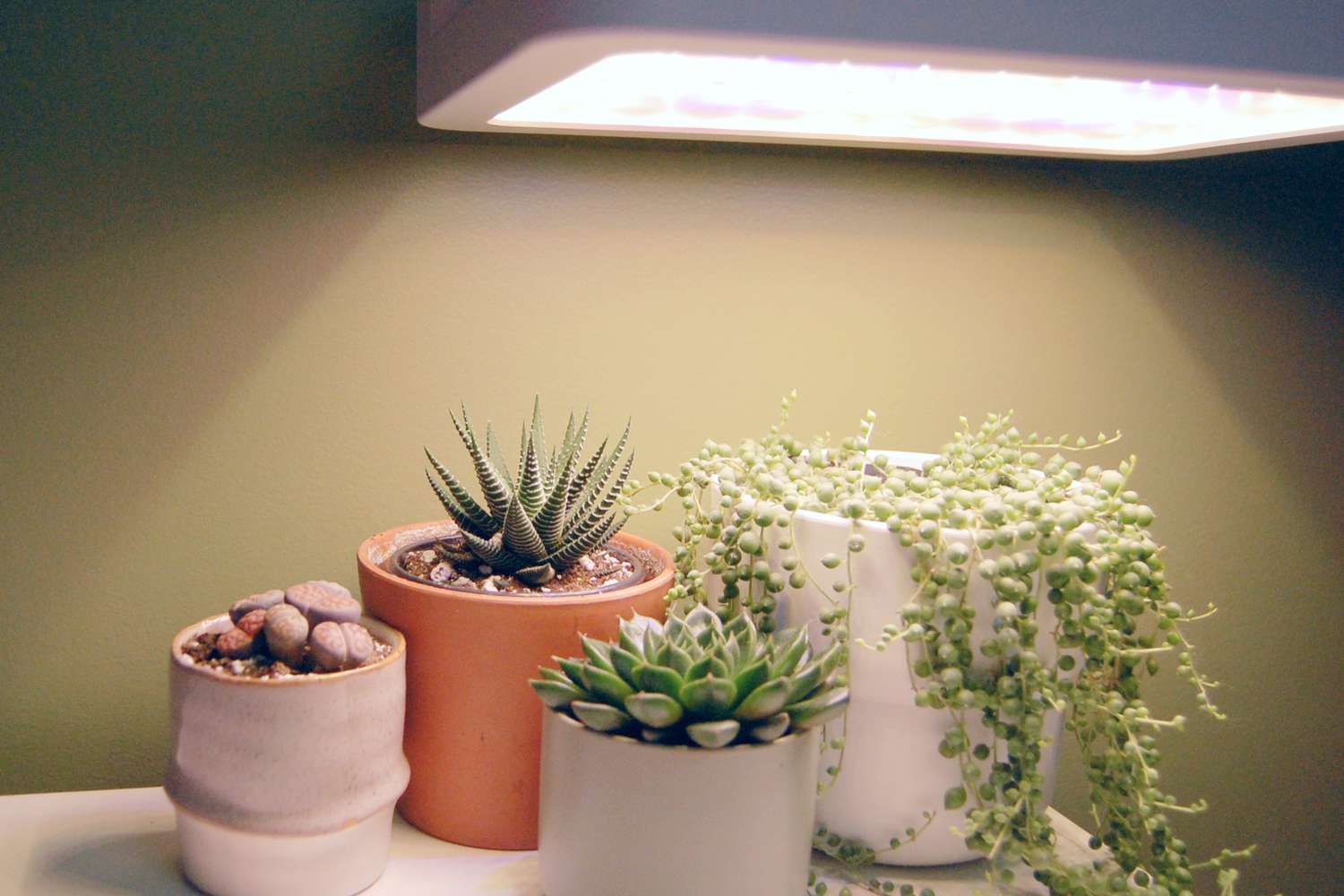Home>Types of Gardening>Ornamental Gardening>What Succulents Flower


Ornamental Gardening
What Succulents Flower
Published: December 29, 2023
Discover the beauty of succulent flowers in your ornamental garden. Learn about the types of succulents that bloom and how to care for them.
(Many of the links in this article redirect to a specific reviewed product. Your purchase of these products through affiliate links helps to generate commission for Chicagolandgardening.com, at no extra cost. Learn more)
Table of Contents
Introduction
Succulents have surged in popularity among gardening enthusiasts and interior decor aficionados in recent years. These unique plants are prized for their striking appearance, low maintenance requirements, and remarkable diversity. One of the most intriguing aspects of succulents is their ability to produce exquisite flowers, adding an extra dimension of beauty to these already captivating plants. In this article, we will delve into the fascinating world of succulent flowering, exploring the mechanisms behind this process and shedding light on the factors that influence it.
Succulents have an unmistakable allure, characterized by their fleshy, water-retentive leaves and stems. Their resilience in arid environments and their stunning array of shapes and colors have made them a sought-after addition to gardens, homes, and even office spaces. However, it is their ability to bloom with vibrant, often delicate flowers that truly sets them apart. Understanding how succulents flower, the conditions that promote flowering, and the various species renowned for their blossoms can deepen our appreciation for these remarkable plants.
Join us on a journey through the world of succulent flowering as we uncover the intricate processes that govern this phenomenon. From the biological mechanisms at play to the environmental factors that influence flowering, we will explore the captivating world of succulent blooms. Whether you are an avid gardener, a nature enthusiast, or simply someone who appreciates the beauty of plants, this exploration of succulent flowering is sure to kindle your curiosity and admiration for these extraordinary botanical treasures.
What are Succulents?
Succulents are a diverse group of plants characterized by their unique adaptation to arid environments. Their defining feature is the ability to store water in their leaves, stems, or roots, enabling them to thrive in dry conditions where water is scarce. This adaptation allows succulents to withstand extended periods of drought, making them well-suited to regions with limited rainfall. The term “succulent” is derived from the Latin word “sucus,” meaning sap or juice, underscoring the plants’ capacity for water retention.
These plants come in a wide range of shapes, sizes, and colors, encompassing numerous genera and species. From the iconic rosettes of Echeveria to the spiky allure of Agave and the cascading beauty of Sedum, succulents exhibit an astonishing diversity of forms. Their striking appearance, coupled with their low-maintenance requirements, has contributed to their growing popularity in gardens, homes, and even urban landscapes.
Succulents are not confined to a specific taxonomic group but are found across multiple plant families, including but not limited to Aizoaceae, Cactaceae, Crassulaceae, and Euphorbiaceae. While cacti are perhaps the most well-known subset of succulents, not all succulents are classified as cacti. This distinction is important, as it highlights the broad spectrum of succulent plants beyond the popular association with cacti.
Due to their water-storing adaptation, succulents are well-suited to various growing conditions, including arid and semiarid climates. Their ability to thrive in environments with limited water availability makes them an excellent choice for water-wise gardening and xeriscaping, where conserving water is a priority. Additionally, their resilience and low maintenance requirements make them appealing choices for both experienced gardeners and those new to plant care.
As we explore the world of succulent flowering, it is essential to understand the fundamental characteristics of these remarkable plants. Their capacity to flourish in challenging environments while gracing us with their stunning blooms underscores the allure and resilience of succulents in the botanical realm.
How Do Succulents Flower?
The process of succulent flowering is a captivating display of nature’s ingenuity. While the specifics can vary among different succulent species, the general mechanism of flowering follows a remarkable sequence of events. Succulents typically flower in response to environmental cues, such as changes in daylight length, temperature, and moisture levels. These triggers prompt the plants to initiate the reproductive phase, culminating in the emergence of flowers.
At the physiological level, succulent flowering is regulated by a complex interplay of hormones, including auxins, gibberellins, cytokinins, and abscisic acid. These hormonal signals orchestrate the transition from vegetative growth to reproductive development, leading to the formation of flower buds. The timing and duration of flowering can vary widely among succulent species, with some producing blooms annually, while others may have more irregular flowering patterns.
Once the floral buds have formed, succulents undergo the mesmerizing process of flower development. The buds gradually swell and unfurl, revealing an exquisite array of petals, sepals, and reproductive structures. The colors and shapes of succulent flowers are incredibly diverse, ranging from the vibrant reds and oranges of certain Echeveria blooms to the delicate pastel hues of Graptopetalum flowers.
As the flowers mature, they attract pollinators such as bees, butterflies, and birds, facilitating the crucial process of fertilization. Following successful pollination, the flowers may produce seeds within their fleshy fruits or capsules, further perpetuating the life cycle of the succulent species. Notably, some succulents can also reproduce asexually through methods such as offsets, leaf cuttings, or stem cuttings, offering additional avenues for propagation beyond seed production.
Understanding the intricacies of succulent flowering provides a deeper appreciation for the plants’ reproductive strategies and the ecological roles they fulfill. The captivating spectacle of succulent blooms serves as a testament to the resilience and adaptability of these extraordinary plants, captivating the hearts and imaginations of plant enthusiasts worldwide.
Factors Affecting Succulent Flowering
The flowering of succulents is influenced by a myriad of factors, encompassing environmental conditions, plant maturity, and genetic predispositions. Understanding these influential elements provides valuable insights into the triggers and patterns of succulent flowering, enriching our horticultural practices and appreciation of these captivating plants.
- Light Intensity and Duration: Adequate sunlight is crucial for stimulating flowering in many succulent species. The duration of daylight, or photoperiod, plays a significant role, with certain plants requiring specific day-length conditions to initiate flowering. Inadequate light or prolonged periods of darkness can impede or alter the flowering process, underscoring the importance of optimal light exposure for succulents.
- Temperature: Temperature fluctuations can impact succulent flowering, with some species exhibiting a preference for distinct temperature ranges during their flowering period. While moderate temperatures are favorable for many succulents, certain species may require specific temperature cues to trigger flowering, reflecting their adaptation to diverse climatic conditions.
- Watering Regimen: The timing and frequency of watering can influence succulent flowering, particularly in relation to the plants’ natural growth cycles. While succulents are renowned for their ability to withstand drought, strategic watering practices can support healthy flowering and overall plant vitality. Overly wet or waterlogged conditions, however, can hinder flowering and lead to potential issues such as root rot.
- Nutrient Availability: Essential nutrients, including nitrogen, phosphorus, and potassium, play pivotal roles in succulent flowering. Balanced fertilization tailored to the specific needs of succulents can bolster their capacity to produce robust blooms. Conversely, nutrient deficiencies or imbalances can impede flowering and compromise the plants’ overall health.
- Plant Age and Health: The maturity and vigor of succulent plants can impact their propensity to flower. Well-established, healthy plants are more likely to allocate resources towards flowering, whereas stressed or immature specimens may prioritize survival and vegetative growth over reproductive efforts. Providing optimal care and maintenance can support the flowering potential of succulents.
- Genetic Variation: The genetic makeup of succulent species and cultivars influences their flowering behavior, encompassing factors such as inherent flowering patterns, color variations, and the presence of specific floral traits. Understanding the genetic diversity within succulent populations enhances our appreciation for the breadth of flowering characteristics exhibited by these plants.
By considering these multifaceted factors, we can cultivate a deeper understanding of succulent flowering and refine our cultivation practices to promote and celebrate the remarkable blooms that grace these exceptional plants.
Popular Succulents and Their Flowers
Succulents encompass a diverse array of species, each with its own distinctive charm and flowering prowess. From the iconic blooms of the Aloe vera plant to the enchanting floral displays of the Kalanchoe genus, popular succulents captivate enthusiasts with their remarkable diversity of flowers. Exploring the unique characteristics of these plants and their captivating blooms offers a delightful journey into the world of succulent horticulture.
- Echeveria: Renowned for their captivating rosette forms, Echeveria species produce stunning bell-shaped flowers in an array of hues, including vibrant pinks, reds, and oranges. These elegant blooms emerge on slender, arching stalks, adding a touch of grace to the already mesmerizing foliage of Echeveria plants.
- Sempervivum: Commonly known as hens and chicks, Sempervivum species exhibit charming, star-shaped flowers that rise above the compact clusters of their foliage. These dainty blooms, often adorning the plants in shades of pink, red, or white, contribute to the visual allure of these cold-hardy succulents.
- Crassula: With their diverse growth habits and leaf shapes, Crassula species produce clusters of small, starry flowers that can range from white and pink to deep crimson. The delicate inflorescences of Crassula plants accentuate their ornamental appeal, complementing their intriguing foliage with a touch of floral elegance.
- Haworthia: Known for their architectural beauty, Haworthia species produce slender, tubular flowers that rise on wiry stems above the plants’ distinctive rosettes. These understated yet alluring blooms, often tinged with green or white, harmonize with the geometric patterns of Haworthia leaves.
- Aloe: Aloe plants are celebrated for their striking, torch-like inflorescences, which bear tubular flowers in shades of orange, red, or yellow. The vibrant blooms of Aloe species emerge on tall, erect stalks, creating a visually striking contrast against the plants’ succulent foliage.
- Kalanchoe: The Kalanchoe genus boasts an impressive array of flowering succulents, with species such as Kalanchoe blossfeldiana producing clusters of vivid, long-lasting flowers in hues of red, orange, and pink. These prolific bloomers add a radiant burst of color to the garden or indoor setting.
These examples represent just a fraction of the diverse succulent flora, each with its own captivating blooms and ornamental appeal. The remarkable variety of succulent flowers reflects the plants’ adaptability and resilience, captivating enthusiasts with their botanical artistry.
Conclusion
The enchanting realm of succulent flowering beckons us into a world of botanical wonder, where resilience, diversity, and natural artistry converge. Through our exploration of succulents and their remarkable blooms, we have unveiled the captivating mechanisms that govern their flowering, from the intricate hormonal orchestration to the environmental cues that prompt these plants to produce their exquisite blossoms.
By understanding the factors that influence succulent flowering, including light, temperature, water, nutrients, plant maturity, and genetic variation, we gain valuable insights into the nuanced interplay of nature’s forces. These insights empower us to cultivate and appreciate succulents with a deeper awareness of the conditions that support their flowering prowess, enriching our horticultural endeavors and fostering a profound connection with these extraordinary plants.
As we celebrate the popular succulents and their diverse flowers, from the elegant rosettes of Echeveria to the torch-like inflorescences of Aloe species, we are reminded of the boundless beauty and resilience encapsulated within these botanical treasures. The allure of succulent flowering extends beyond mere visual appeal, offering a testament to nature’s ingenuity and the enduring capacity of plants to thrive in diverse habitats.
Whether adorning gardens, homes, or arid landscapes, succulents and their flowers captivate the imagination and inspire a sense of wonder. Their ability to bloom in the face of adversity, their striking diversity of forms and colors, and their role in supporting pollinators underscore the profound significance of succulents in the natural world.
As we continue to cherish and cultivate succulents, let us embrace the marvel of their flowering cycles, honoring the intricate processes that yield such breathtaking blooms. Through our stewardship and admiration, we perpetuate the legacy of succulent flowering, sowing the seeds of fascination and appreciation for these extraordinary plants in the hearts of enthusiasts and nature lovers worldwide.
